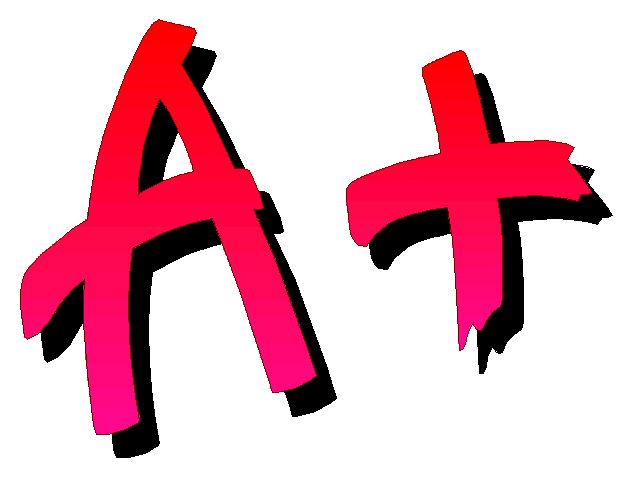Considerations For Evaluating SLD
Students
Fairness does not require
sameness
- Fairness is helping all students
to learn as much as they can and allowing them to best demonstrate their learning
(Lavoie, Understanding)
- Many national testing services
now recognize student differences. They allow different testing circumstances.
- When planning an evaluation of
student learning, consider whether the technique you're using is "fair"
and what modifications you can make to more accurately evaluate student learning.
 Clarify
your expectations for the final product
Clarify
your expectations for the final product
- Handout instructions
- Give a model of the assignment
- Spell out the criteria for grading,
modeling how to use the criteria
- Give both written instructions
and an oral explanation
Show how grading criteria
apply to the final product
- Identify the specific criteria
for an A
- List these as what the student
should do for an effective paper
- Model and explain the criteria
- Let students practice using the
criteria
- Have students practice evaluating
how well others fulfill the criteria
Criterion-based grading gives students
a stronger sense of control and responsibility for their grade.
Allow students to resubmit assignments
- Outputting information (or evaluating
student learning) can be part of the learning process.
- Students can learn to learn from
their successes and mistakes.
Test the studentís learning, not
the studentís ability to take tests
- Use short stems (no more than
3 or 4 choices) for multiple choice questions. The student should not
have to retain a lot of information in his or her mind while considering the
choices.
- Be as consistent as possible
in formatting.
Return
to "Accommodating SLD's" main page


 Clarify
your expectations for the final product
Clarify
your expectations for the final product